Effect of Combined Proximal Femur Osteotomy with Anteroposterior Approach and Posterolateral Approach in Crowe Type Iv Developmental Hip Dislocation under Lateral Decubitus Position
DOI: 10.23977/medsc.2025.060506 | Downloads: 5 | Views: 420
Author(s)
Xinxin Yuan 1, Xifu Shang 2
Affiliation(s)
1 Shandong University, Jinan, Shandong, China
2 The First Affiliated Hospital of China University of Science and Technology (Anhui Provincial Hospital), Hefei, Anhui, 230000, China
Corresponding Author
Xifu ShangABSTRACT
This study focuses on the surgical management of high-difficulty Crowe type IV developmental dysplasia of the hip (DDH), a condition significantly impacting patients' quality of life and imposing economic burdens. Aiming to address the challenges of difficult exposure, substantial soft tissue trauma, and increased blood loss associated with the traditional posterior lateral approach (PL) in such surgeries, this research innovatively and systematically evaluates the comprehensive value of the lateral decubitus direct anterior approach (L-DAA) combined with proximal femoral osteotomy in complex anatomical reconstruction. Employing a prospective randomized controlled trial methodology, the study not only compared perioperative parameters, postoperative functional recovery, and safety profiles but also delved deeper into the potential mechanisms of the L-DAA approach in optimizing surgical visualization, protecting key muscle groups (such as the gluteus medius), and promoting early biomechanical adaptation. The results demonstrated significant advantages for the L-DAA approach: intraoperative blood loss was significantly lower than in the PL group (p<0.05), and the total incision length was markedly shorter (p<0.05), highlighting its inherent minimally invasive nature and superior tissue preservation capability. Although no statistically significant differences were found in functional outcome scores (VAS, Harris Hip Score, ROM) at one year postoperatively between the two groups (p>0.05), the L-DAA group exhibited a trend towards earlier achievement of full weight-bearing activity (6.3d vs. 6.5d) and a tendency for greater ROM improvement (120.0° vs. 118.9°). This suggests that the lower intraoperative trauma associated with L-DAA provides patients with a superior foundation for early recovery, warranting validation through larger sample sizes and extended follow-up.Critically, this study represents the first systematic comparison of the L-DAA and PL approaches specifically within the Crowe type IV DDH population. It provides robust evidence demonstrating the unique value of the L-DAA approach in reducing surgical trauma, thereby offering high-level evidence to support its preferential selection for complex hip reconstruction surgeries. Future research should focus on expanding sample sizes, extending follow-up periods (5-10 years) to assess prosthesis survival rates and long-term functional outcomes, and exploring the unique potential of the L-DAA approach in reducing postoperative dislocation risk and optimizing gait reconstruction.
KEYWORDS
Developmental Dysplasia of the Hip (DDH), Direct Anterior Approach (DAA), Proximal Femoral Osteotomy (PFO), Lateral Decubitus PositionCITE THIS PAPER
Xinxin Yuan, Xifu Shang, Effect of Combined Proximal Femur Osteotomy with Anteroposterior Approach and Posterolateral Approach in Crowe Type Iv Developmental Hip Dislocation under Lateral Decubitus Position. MEDS Clinical Medicine (2025) Vol. 6: 38-46. DOI: http://dx.doi.org/10.23977/medsc.2025.060506.
REFERENCES
[1] Shorter D, Hong T, Osborn DA. Cochrane Review: Screening programmes for developmental dysplasia of the hip in newborn infants. Evid Based Child Health. 2013; 8(1):11-54. doi:10.1002/ebch.1891.https://pubmed.ncbi.nlm.nih. gov/23878122/
[2] Bai JQ, Xia Q, Hu YC, et al. Lateral position one-stage combined posteroanterior approaches for the treatment of lumbosacral tuberculous spondylitis. Zhonghua Yi Xue Za Zhi. 2011;91(31):2167-2171. https://pubmed.ncbi.nlm.nih. gov/22094031/
[3] Zhao L, Ma Q, Feng X, Fan L, Jiao Q, Wang S, Ying H, Yang X. Screening for Developmental Dysplasia of the Hip in Infants Identifies Increased Prevalence Associated with Altitude. Med Sci Monit. 2019 Aug 3;25:5771-5775. doi: 10.12659/MSM.916456. PMID: 31376279; PMCID: PMC6690215.
[4] Sepúlveda MF, Pérez JA, Saban EA, Castañeda LE, Sepúlveda DF, Birrer EAM. Developmental dysplasia of the hip screening programme in Chile. J Child Orthop. 2021;15(1):35-41. doi:10.1302/1863-2548.15.200240. https://pubmed. ncbi.nlm.nih.gov/33643456/
[5] Hart ES, Albright MB, Rebello GN, Grottkau BE. Developmental dysplasia of the hip: nursing implications and anticipatory guidance for parents. Orthop Nurs. 2006 Mar-Apr;25(2):100-109. doi:10.1097/00006416-200603000-00005. https://pubmed.ncbi.nlm.nih.gov/16572026/
[6] Shorter D, Hong T, Osborn DA. Screening programmes for developmental dysplasia of the hip in newborn infants. Cochrane Database Syst Rev. (9):CD004595. Published 2011 Sep 7. doi:10.1002/14651858.CD004595.pub2.https: //pubmed.ncbi.nlm.nih.gov/21901691/
[7] Colta RC, Stoicanescu C, Nicolae M, Oros S, Burnei G. Hip dysplasia screening - epidemiological data from Valcea County. J Med Life. 2016 Jan-Mar;9(1):106-111. https://pubmed.ncbi.nlm.nih.gov/27489571/
[8] Fabricant PD, Dy CJ, Patel RM, Blanco JS, Doyle SM. Internet search term affects the quality and accuracy of online information about developmental hip dysplasia. J Pediatr Orthop. 2013; 33(4): 361-365. doi: 10. 1097/BPO. 0b013e31827d0dd2. https://pubmed.ncbi.nlm.nih.gov/23653022/
[9] Simionescu AA, Cirstoiu MM, Cirstoiu C, Stanescu AMA, Crețu B. Current Evidence about Developmental Dysplasia of the Hip in Pregnancy. Medicina (Kaunas). 2021;57(7). Published 2021 Jun 26. doi:10.3390/medicina57070655. https: //pubmed.ncbi.nlm.nih.gov/34206824/
[10] Jin Jinbao, Xiao Deming. Advances in the Study of Normal Adult Hip Joint Anatomical Parameters in China [J]. International Journal of Orthopaedics, 2013,34(06):418-419. DOI:10.3969/j.issn.1673-7083.2013.06.010.
[11] Ni Zhe, Shang Xifu, Wu Kerong et al. Comparison of short-term clinical outcomes between direct approach and posterolateral approach total hip arthroplasty [J]. Journal of Chinese Journal of Orthopaedic & Joint Surgery, 2018, 11(07): 518-521.
[12] Gao H et al. Real-Time Identification of Bleeding Sources in Posterolateral THA: An ICG Angiography Study (Clin Orthop Relat Res. 2023) DOI: 10.1097/CORR.0000000000002567.
[13] Byrd JW, et al. Anatomy of the Hip Capsular Structures: Their Function in the Stability of the Hip Joint (J Orthop Res, 2018).
[14] Sariali E, et al. Abductor Function and Implant Survival 15 Years After THA: A Prospective Matched Cohort Study (Bone Joint J. 2022).
[15] Müller M, et al. Superior Gluteal Nerve Injury in THA: Prevention and Neuromuscular Rehabilitation (Clin Orthop Relat Res. 2023).
| Downloads: | 10068 |
|---|---|
| Visits: | 679523 |
Sponsors, Associates, and Links
-
Journal of Neurobiology and Genetics
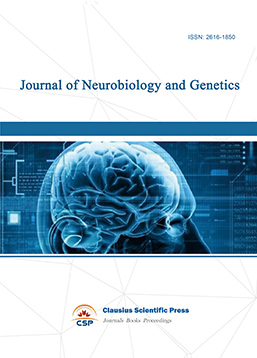
-
Medical Imaging and Nuclear Medicine
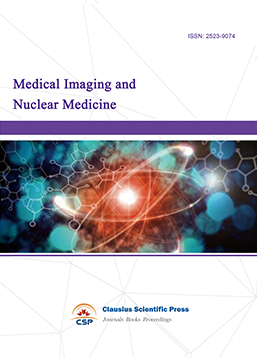
-
Bacterial Genetics and Ecology

-
Transactions on Cancer
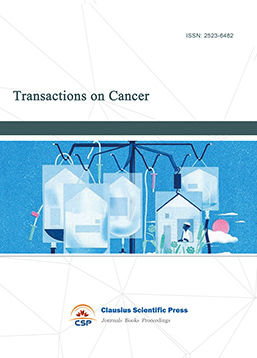
-
Journal of Biophysics and Ecology
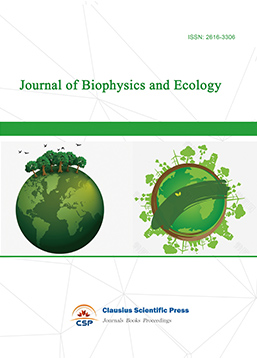
-
Journal of Animal Science and Veterinary
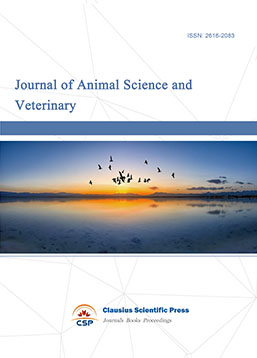
-
Academic Journal of Biochemistry and Molecular Biology

-
Transactions on Cell and Developmental Biology

-
Rehabilitation Engineering & Assistive Technology
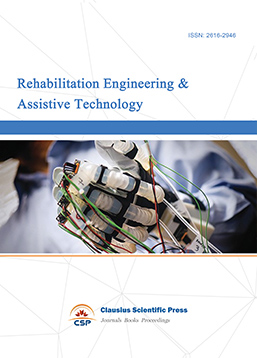
-
Orthopaedics and Sports Medicine
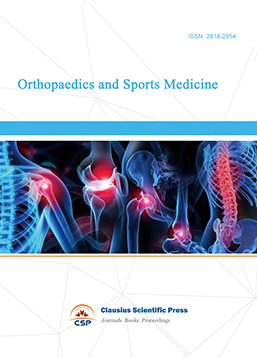
-
Hematology and Stem Cell
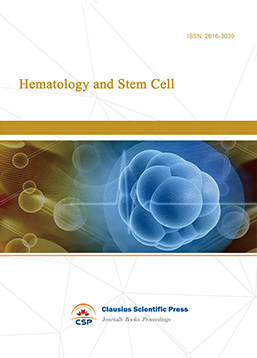
-
Journal of Intelligent Informatics and Biomedical Engineering
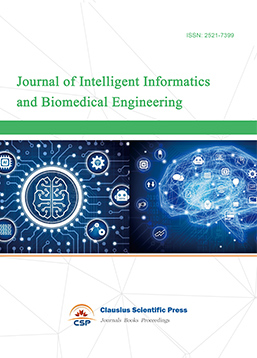
-
MEDS Basic Medicine
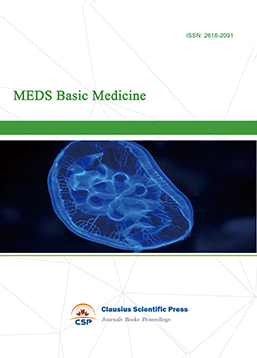
-
MEDS Stomatology
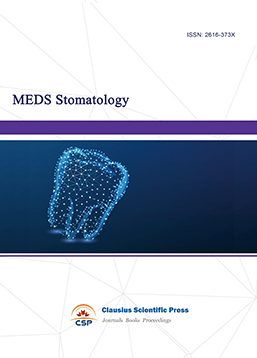
-
MEDS Public Health and Preventive Medicine
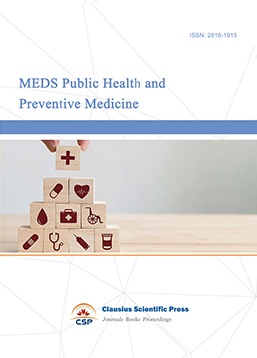
-
MEDS Chinese Medicine
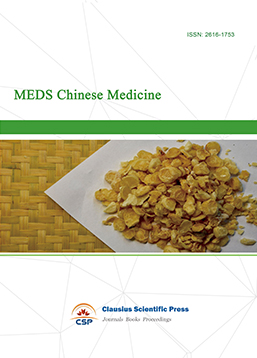
-
Journal of Enzyme Engineering
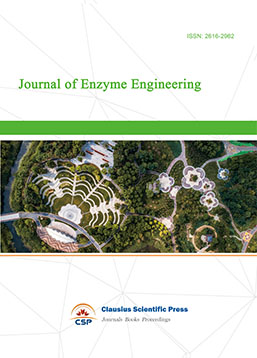
-
Advances in Industrial Pharmacy and Pharmaceutical Sciences

-
Bacteriology and Microbiology

-
Advances in Physiology and Pathophysiology
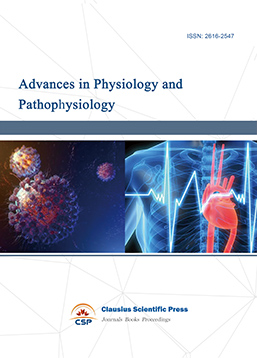
-
Journal of Vision and Ophthalmology
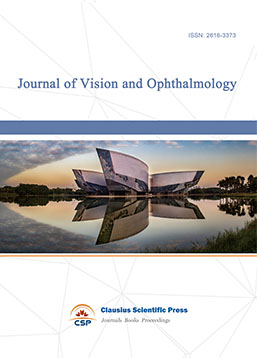
-
Frontiers of Obstetrics and Gynecology
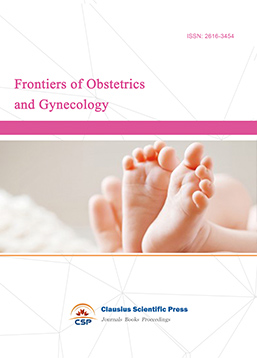
-
Digestive Disease and Diabetes
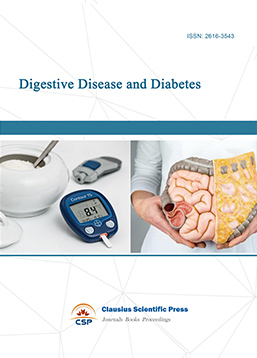
-
Advances in Immunology and Vaccines

-
Nanomedicine and Drug Delivery
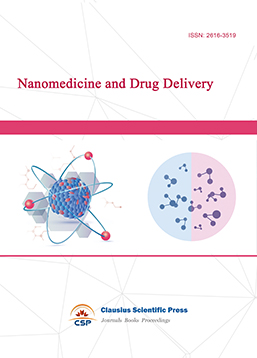
-
Cardiology and Vascular System
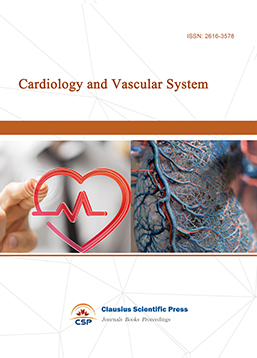
-
Pediatrics and Child Health
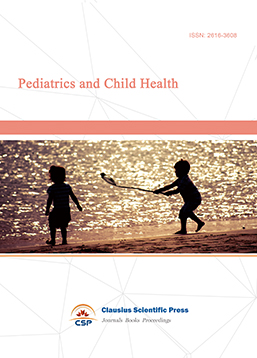
-
Journal of Reproductive Medicine and Contraception
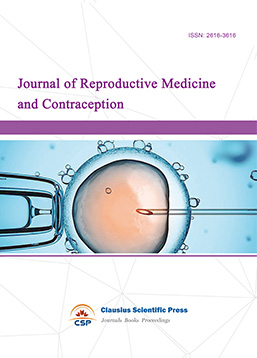
-
Journal of Respiratory and Lung Disease
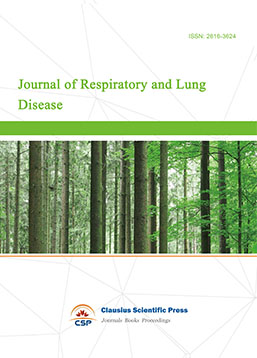
-
Journal of Bioinformatics and Biomedicine
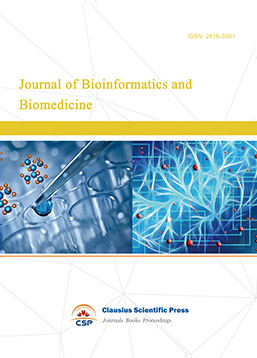

 Download as PDF
Download as PDF